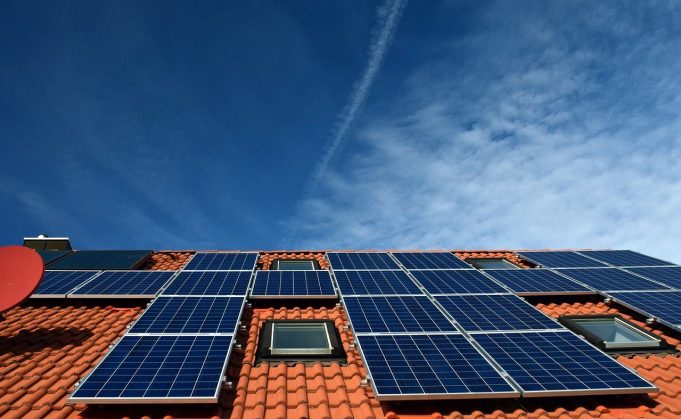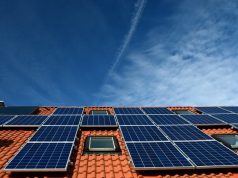It’s well known: Fossil energy damages our environment, and its sources are limited. It’s time to think about ecological alternatives. Luckily, natural energy sources can offer a sustainable solution: Solar energy is one of them, and geothermal energy, as well. Today’s task is to take the right decision, which is the right solution for you.
Geothermal energy
Geothermal energy still suffers a marginal existence in the building sector, although this kind of renewable energy does exist much more time than solar energy. May be because of its invisibility it never was as successful as solar energy, which capture consumer’s attention itself without any additional promotional measures. However, geothermal energy can look back on a long history, mainly in industrial scale. Drilling very deep wells into the earth to obtain the hot steam that comes from underground water, engineers started to take advantage of the geothermal energy with the help of large steam turbines, producing electricity and heat.
With nowadays technology it is possible to gain geothermal energy for single household houses, too. Depending each system and ground conditions, vertical pipes can have a length from very few up to 300 feet into the earth. Also there are geothermal systems that use horizontal serpentine tubes, some feet under the surface of terrain, although you may need much more tube length than in case of vertical tubes.
The main advantage of geothermal energy is the constant temperature under the earth surface. Even in strong wintertime at 30 feet depth the temperature reaches approx. 50 degrees Fahrenheit, enough to drive a heat pump to warm up water and produce electricity, completely independent of actual whether conditions: It doesn’t matter if sun, clouds, rain or snow appear – always geothermal collectors will work and give you both, heat and electric current.
Solar energy
Solar energy has a long tradition and is well known in almost all countries. That may be caused by the fact that solar panels in the roofs are visible for everyone, whereas the pipes to collect geothermal energy disappear invisible in the ground. Indeed, there are already many so called sun houses all over the world using solar energy. Fortunately there are promotion programmes developed by governments to push usage of solar energy.
The solar energy gives you two options: Either, and this is very common in sunny regions, it offers you water heating, or it can generate electrical energy. In first case, solar panels with small tubes that are fixed on the roof feed a water reservoir, which mostly is combined with a heat pump, except in the very south of Europe. In second case, thin photovoltaic panels with cells of silicon transform solar light into electric current, which can be used in your household or also been fed in the public red. Throughout the last three decades the technique and the materials have been improved significantly and offer almost the double efficiency as those panels manufactured twenty years ago.
For this reason, today’s modern panel systems may obtain warm water or electrical energy even on cloudy days. In other words, that means that even in northern Europe during cloudy and rainy seasons solar panels can obtain sufficient energy to support your energy consumption, although high efficiency only can be reached on sunny days.
The main distinction between both sorts of energy
Of course, the main difference is the energy source itself. Solar energy comes from upside, geothermal energy from downside. While solar energy depends more the whether conditions and a minimum number of sunny days, geothermal energy always works fine, even on rainy winter days. But it doesn’t offer the same efficiency as solar energy on sunny summer days. There are locations in Europe where solar energy may run a house completely self-sufficient, although probably not in northern countries like UK.
However, it always depends on more than one factor, which renewable energy fits best to your building. Not only the climate zone, also the type of house, ground conditions, building date, materials and the insulation have a big influence to the best energy system be used. For that reason it is recommended to ask a specialist like an energy planner, which solution is better for you. Regardless of the decision, both renewable energy sources are highly eco-friendly and highly developed to maximum efficiency with favourable costs.
Sometimes solar energy might not be possible due to local building restrictions. May be your house or your neighbourhood is under protection of historical monuments or situated in a natural area. In this cases, geothermal energy is the only alternative to take advantage of renewable energy sources. If it is possible, the combination of solar and geothermal energy allows to be autarkical.














